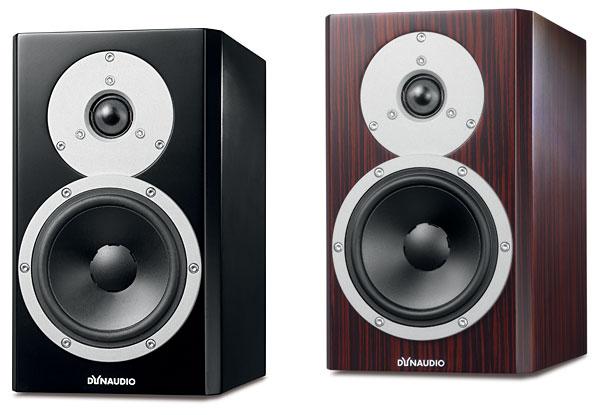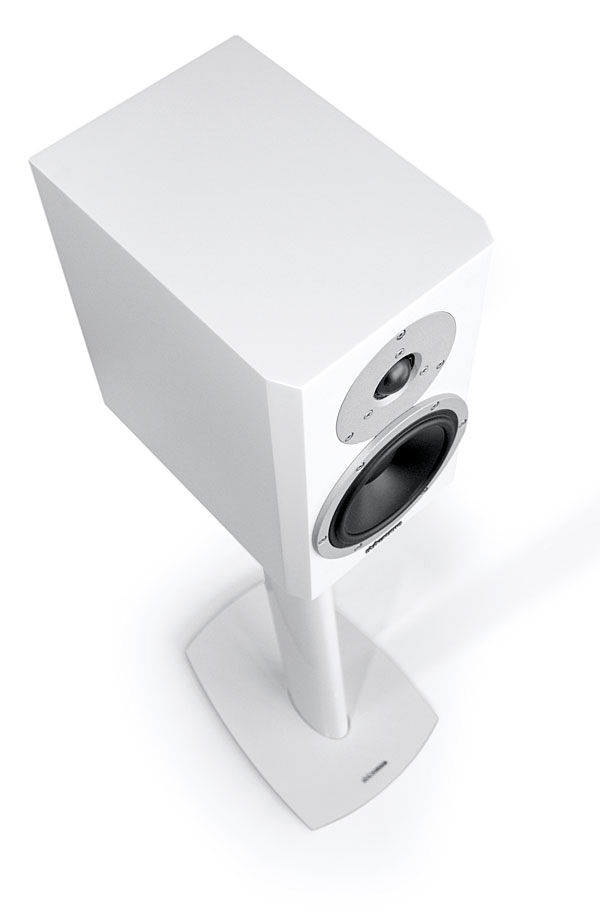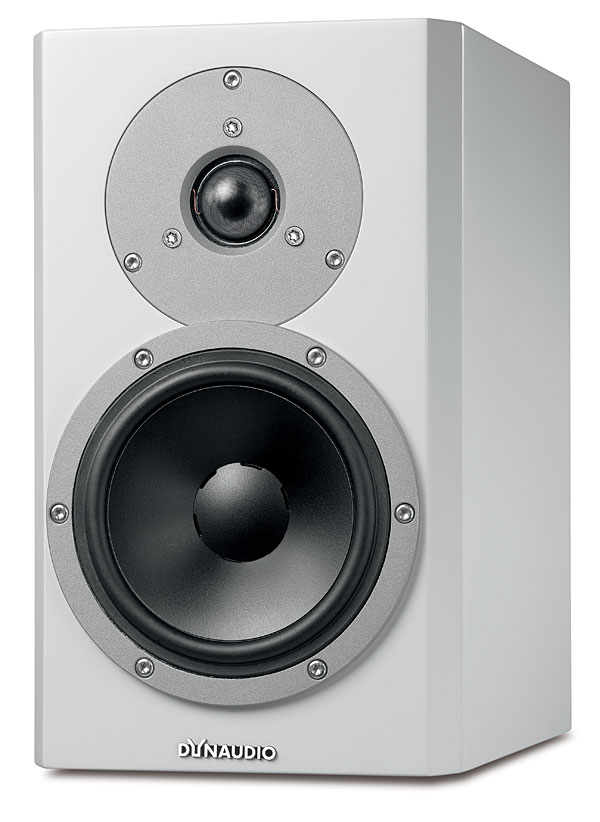| Columns Retired Columns & Blogs |
This product looks interesting, as does the Stereophile-endorsed Focus 160. Any thoughts on what some minimal amplification/digital requirements might be for this speaker -vs- the Focus 160?
This comment section holds a lot of promise to be a good forum to exchange pre-purchase advice. This is especially true since dealer visits have become less tenable due to time constraints, and less comfortable since the economy has headed south.
I'm just waiting for the day when Dynaudio relents and puts the Focus series on e-commerce; the DM series is already there, as is all of KEF's products. I'm sure B&W probably gets regular calls from e-commerce sites. How long until they relent? Once this happens, then we'll have regular comments and testimonials from actual users, versus the decreasing amount of knowledge obtained from increasingly tense and rare dealer visits.
Any thoughts on the Excite X14 -vs- Focus 160 would be good. We "can trust our ears" in the end, but advice before we spend the entire Saturday driving to the dealer would be good (for us and the dealer). Even in large cities, dealer visits aren't what they used to be. Let us hope that the comments section in Stereophile can help.










































